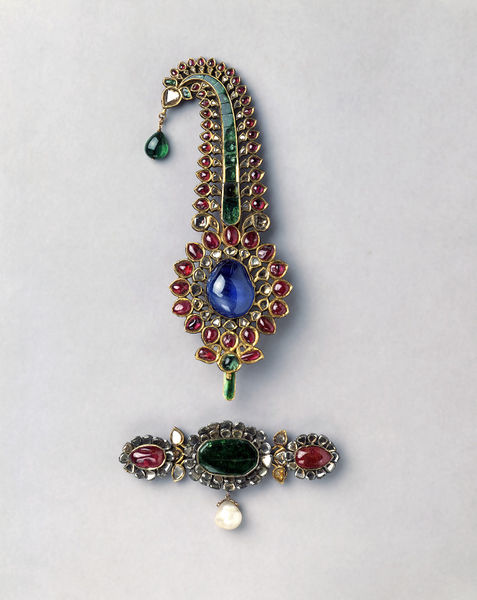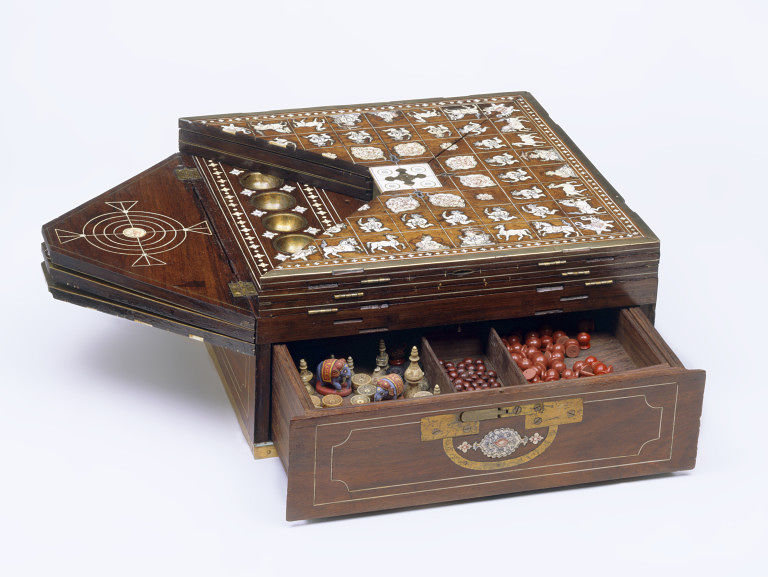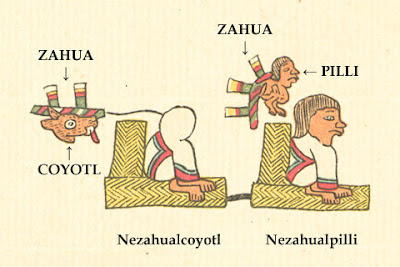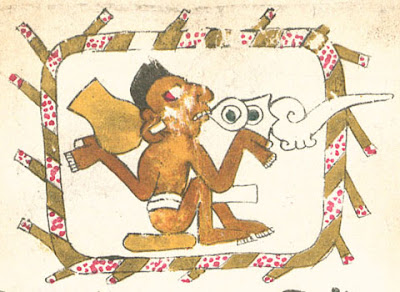
The weather in the San Francisco Bay Area has turned hot again and I like to take long walks with my family around parks near the shore. One thing I noticed consistently was how many wild fennel plants were growing in the marshy area right next to the bay (as you can see in the picture to the left, which ironically was taken in winter). I've also seen patches after patches of wild fennel growing right on the freeway. I even had one in my front yard, and it was quite a lovely sight until it grew too big and I had to cut it down.
Fennel is not native to North America, being an import from the Mediterranean brought by early European immigrants, but they grow really well here because the Bay Area has a Mediterranean climate. They could be considered an invasive species but they're already pretty much integrated into the landscapes of Northern California.
Fennel is quite a culinary chameleon in that you can use its root (or bulb), its fronds (the frilly leaves), its "seeds" (which are actually fruits) and even its pollen. And it is used in cooking from France to China and anywhere else in between, as also increasingly in regional American cooking. There is even anecdotes of restaurants using fennel in their parking lots when their stock in the walk-in runs out. It has also been used extensively as medicine. It has carminative (gas-relieving) properties that would alleviate stomach ailments. It is also an anticoagulant (prevents blood clots) and a diuretic (makes you want to pee but also lowers blood pressure). It also has low-level contraception properties, and in fact the famous contraceptive of the Classical world, silphium, might have been a relative of fennel.

Fennel is also attested quite early in ancient texts (indeed this is related to Ancient Scripts) and indirectly is quite important to world history. One very famous place in Greece is Marathon, literally meaning "Place of Fennels". In Mycenaean Greek it was
marathwon, written as
ma-ra-tu-wo. The modern word "marathon", which means a really long run (42 km or 26 miles), came from the semi-legendary feat of a Greek soldier who ran that distance from Marathon to Athens after the Battle of Marathon (490 BCE) to transmit the message that the Greeks had prevailed over the Persians. According to the story, the messenger died of exhaustion after delivering his verbal message.
The Hittites, the Mycenaean's eastern neighbors in Anatolia, also wrote about fennel. Coincidentally, among the Hittites fennel also has a martial connotation, but one associated with defeat. According to Durnford and Akeroyd, the Hittites had a ritual of cursing a conquered town to mark it as uninhabitable by planting the seeds of a particular plant commonly written in sumerogram ZÀ.AḪ.LI. Sumerogram is a cuneiform logogram directly borrowed from Sumerian, and as such does not provide any clue to actual pronunciation of the word in Hittite.

However, the recent discovery of a partially preserved "dictionary" of useful plants between Akkadian and Hittite revealed ZÀ.AḪ.LI to be marašḫanḫaš. Through process of elimination and contextual evidence, the authors identified marašḫanḫaš to be fennel.
Why would the planting of fennel seeds be considered to curse a city so it cannot be populated again, especially since fennel has so many beneficial uses? This goes back to my observation of how common fennel is in Northern California only after two centuries of European settlement. The plant grows extremely quickly in rocky or poor soil. When a city falls into disrepair, fennel is likely the first plant to take over the ruins. In other words, the prolific nature of fennel is a symbol of the abandonment of civilized life. Quick ironic to me.
One interesting linguistic observation is that the Mycenaean Greek marathwon and Hittite marašḫanḫaš seem to share a common root, namely *mara(s/t). Since both Greeks and Hittites were Indo-European whose ancestors came from the Central Asian steppes, it is quite likely they adopted the local name for fennel, a securely Mediterranean plant. Hence this common root could be part of a pre-Indo-European linguistic continuum stretching across both sides of the Aegean Sea.
My son loves curry, and I make it pretty much every weekend. I grind my own garam masala, a "warm" spice blend used in Indian cooking. My basic recipe is 3 parts cumin, 2 parts cardamom, 1 part cinnamon, 1 part caraway seeds, 1 part coriander seeds, and 1 part fennel seeds. Not only fennel but all these spices appear in ancient texts. This recipe I'm using could be 5,000 years old.
 The Maharaja was an amazing exhibit. Not only did the sheer amount of gold, silver, and precious stones like diamonds, rubies, and emeralds (like in the turban ornament to the right) boggle the mind, but the incredible craftsmanship that displayed not just material wealth but also human wealth of the kingdoms and principalities of India. One could really say that India was the richest country in the 18th century before the English plundered it. In fact, the majority of the items in the exhibition either came from the British Museum or the Victoria Albert Museum.
The Maharaja was an amazing exhibit. Not only did the sheer amount of gold, silver, and precious stones like diamonds, rubies, and emeralds (like in the turban ornament to the right) boggle the mind, but the incredible craftsmanship that displayed not just material wealth but also human wealth of the kingdoms and principalities of India. One could really say that India was the richest country in the 18th century before the English plundered it. In fact, the majority of the items in the exhibition either came from the British Museum or the Victoria Albert Museum. I found the human aspect of the royals quite intriguing as well. Maybe because I'm a guy but I was impressed by the game box that Maharaja Krishnaraja Wadiyar III of Mysore developed. It contains an incredible 11 board games in a beautifully decorated box. It was the PS3 of its day!
I found the human aspect of the royals quite intriguing as well. Maybe because I'm a guy but I was impressed by the game box that Maharaja Krishnaraja Wadiyar III of Mysore developed. It contains an incredible 11 board games in a beautifully decorated box. It was the PS3 of its day!













